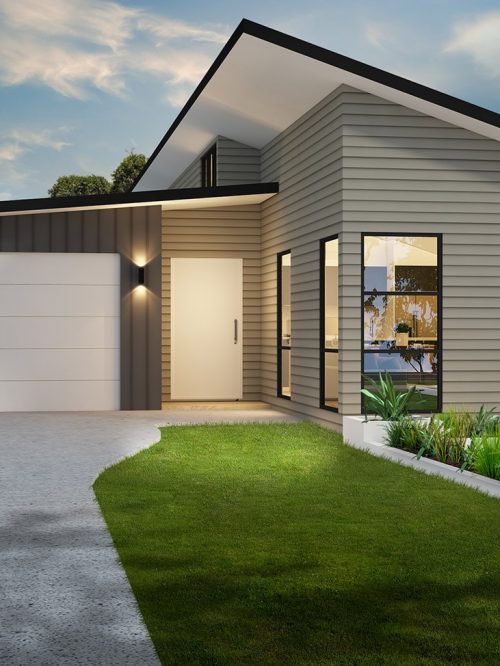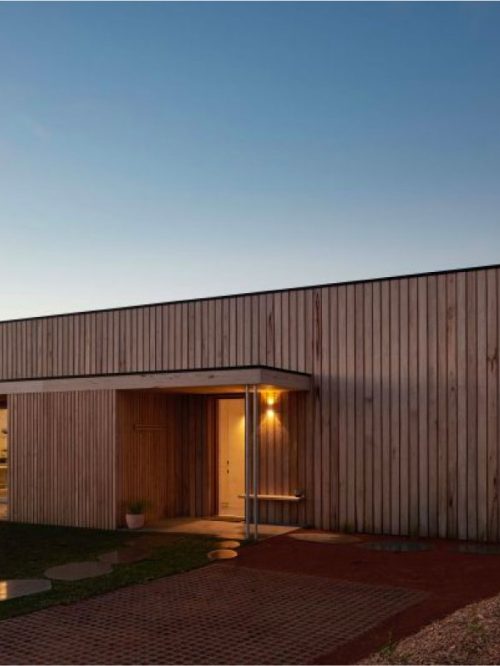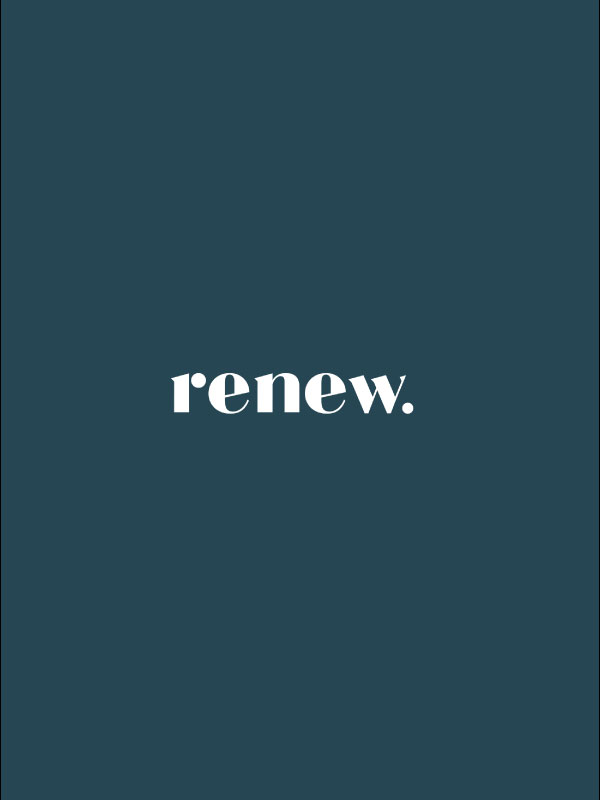We need to think differently when designing or adapting a home to better cope with the multiple adverse impacts of climate change. Dick Clarke and Chris Reardon looked at ways to prepare our homes to be more resilient against heatwaves in this article for Sanctuary magazine. Chris passed away in 2014, but his legacy reflects his tireless efforts to change the way we design and use our homes for the future of the planet.
Climate change is with us and no achievable amount of mitigation is going to reverse its effects sufficiently to prevent our need to adapt. Australian houses today are largely designed or modified based on historic climate data, even though we (or someone else) will be living in them for at least 50 years.
Quite simply, this approach is inadequate in a rapidly changing climate. While we will no doubt survive the two to three degrees of warming already locked in, we urgently need to re-think our approach to housing to cope with the extremes.
Hotter for longer
Heat waves are regional events. When we all cool our homes at the same time, we cause electricity demand to peak and, on top of increasing electricity costs, grid failure becomes increasingly likely during peak demand periods. Homes without an alternative coping strategy will become uninhabitable at best. While those of limited means will likely be most severely affected due to cooling unaffordability and poor home design, comfort moves beyond the reach of everyone when the grid is down.
Australian cities likely to experience increasingly severe heatwaves include Melbourne, Adelaide, Perth, Launceston and Hobart as well as most south-eastern regional areas. These climates traditionally require significant amounts of heating in winter. Our standard design response to date has been to apply passive design principles, relying on significant amounts of thermal mass. This approach allows dense materials to store daytime warmth from the sun and release it into living spaces at night to offset the coolest temperatures in winter, and night purging during summer to take advantage of cooler outdoor temperatures.
As the climate warms and winters become shorter, homes in these areas will require less winter heating and more summer cooling. In many of these climates, night purging via cross ventilation and convection (internal hot air rising and exiting that in turn draws in cooler night air at floor level) would become gradually less effective. During heatwaves, temperatures can remain well above comfort levels all night – eliminating any passive cooling opportunities. Under these conditions, the temperature of the thermal mass would increase substantially and take many days to cool down when a heatwave eventually passes.
While many regions in our southern states will have heating dominated climates for decades to come (where more energy is used for heating than cooling), the following suggested measures will also help keep homes warm and remain prudent investments.
EXPERT FEATURE
Words: Dick Clarke and Chris Reardon
First published in Sanctuary 29
External shading of sun-exposed walls and windows is likely to become a more common feature as extreme heat is tipped to become the greatest source of discomfort in the home for most of Australia. These adjustable blinds can be opened and closed depending on the season and temperature.
Glazing
Glazing is the Achilles heel of any design that uses passive cooling. It is required for passive solar heating to work, but it accounts for up to 87 per cent of heat entering a home in summer and 49 per cent escaping in winter. Passive design has encouraged us to limit the area of glass facing east and west while maximising north–facing glass areas for winter heating. This is because we have been designing to maximise winter heat gain from solar radiation and limit it in summer. In cooler climates, south-facing windows were considered less problematic in heat gain terms, although they remain a significant source of winter heat loss.
In a heatwave, radiation gains remain problematic but conducted or ambient gains emerge as a much greater threat. Conducted gains occur due to the difference in temperature on either side of the glass (often called ΔT). The higher the ΔT, the more heat is conducted through the glass. This flow of heat into the home is not due to direct solar radiation. As a result, in a heatwave, even well-shaded windows will create substantial heat gains. Worse still, these gains occur through all windows (even south-facing ones) all day and will continue throughout the night if night temperatures remain high.
The least expensive option for overcoming this is to limit the size of the windows or to cover them with insulating shutters. Double glazing is one of the most effective, but also one of the more expensive options. Glazing is just one of a number of key design/upgrade issues and strategies for both new and existing homes researchers have identified. These strategies vary depending on whether the home is at design stage or existing.
Design to limit heat gain
Building envelope
→ Much heat enters a home through the roof in summer. Light–coloured roofing materials with down-facing reflective foil insulation with an air gap beneath is an effective way to limit heat gains through the roof. This must be located so as to avoid condensation in winter.
→ Well-ventilated roof spaces with high levels of insulation at ceiling level (minimum R4.0 and possibly up to R8.0 in severe climates) will limit the flow of this heat into the home in summer while retaining it in winter. Note that this may require a combination of reflective foil and bulk insulation and that insulation systems require careful design and skilled installation.
→ Shading sun-exposed walls (particularly east and west) and using high levels of insulation restricts heat gain through walls. Consider the use of flexible, alternative mass storage systems like water or phase change materials. These can be moved or drained to accommodate changing future climates.
→ In new designs, consider mixing some thermal mass with highly insulated, lightweight construction and smaller, well shaded double-glazed windows to reduce heat storage and make the mechanical cooling of one or two zones more efficient and effective.
→ The use of heavy drapes that touch the walls either side of the windows and the floor or windowsill and have snug fitting pelmets are also effective because they trap still air (an insulator) between the glass and drape, reducing heat flowing into the house by convection.
Planning and zoning
→ Create spaces for heatwave respite and survival. These must be highly insulated, well-shaded cool rooms with small or no window areas and effective, efficient cooling systems – preferably with backup electricity supply. Undercrofts or basement garages can be used in existing homes.
→ Design spaces to allow for night time sleeping comfort in hot weather, e.g. bedrooms on south with small, double-glazed windows and high insulation levels. a
→ By using smaller, double-glazed windows that are well shaded in summer, this heat gain can be reduced by over 50 per cent in most cases.
→ Installing insulated external shutters to reduce heat gain through glass and windows is another effective strategy. These are also highly effective in bushfire zones.
→ Use thermal mass carefully to limit heat storage in summer
Appliances
→ If considering installing a cooling system, make sure you cost it over its life cycle. Choose carefully and add five to 10 years of running costs to your purchase price. Onsite generation systems and battery storage systems are becoming more affordable and can provide viable backup solutions for grid failure.
→ Most affordable backup systems are unable to cope with high or lengthy demand from cooling systems during heatwave conditions. These solutions are generally only effective when applied in tandem with the other strategies outlined above – particularly in relation to preventing heat entry and cooling only well-designed cool spaces.
Taking it to the next level
Here, we’ve identified some of the most imminent consequences of climate change and provided a simple overview of some important strategies for adapting Australian homes to cope with heatwaves, which are just one manifestation of climate change. Individual solutions will vary enormously and must be tailored to suit the region, climate, individual site and house type. We strongly recommend that you seek expert help to assess your home or site and develop solutions specific to your needs. It could be the best investment you ever make.
Dick Clarke is director of Envirotecture and editor of How to Rethink Building Materials. Dick is a long-term contributor to Renew and Sanctuary magazines and has several expert articles on the Green Rebuild Toolkit website.
Dr Chris Reardon passed away in 2014 and was the principal author of Your Home and principal of Suntech Design. Chris volunteered his time as an expert contributor for both Renew and Sanctuary magazines and was an advisor in Renew’s Speed Date a Sustainable Expert series.










